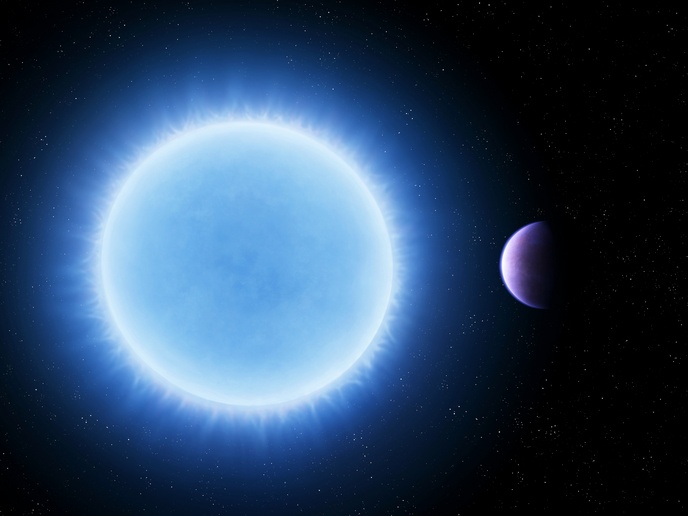Baby-proofing the solar system
When a child is born, parents baby-proof their home, setting up safety barriers that keep the child safe. According to the EU-funded UFOS project, something very similar happens in young planetary systems. “Planet formation starts with a star surrounded by a disk of gas and dust,” says Mario Flock, a researcher at the Max Planck Institute for Astronomy. “Over time, these dust grains begin to stick together, growing larger and larger and, after a few million years, reach a few kilometres in diameter.” At this point, gravity comes into play, pulling these large dust balls together to form planets. In theory, this gravity should also pull planets inwards, causing them to fatally plunge into the star. But if this were the case, then why do we find not only rocky planets, but also Super Earths, closely orbiting stars? To find out, the UFOS project, which received support from the European Research Council, modelled the flows and interactions of gas, dust and magnetic fields of planets at various stages of development – a process that allowed them to simulate planet formation close to sun-like stars. The results were unequivocal, suggesting two possible answers to why more planets aren’t swallowed up by their star.
Answer 1: The baby barrier theory
The first answer is that early star systems have a baby-proof barrier. According to Flock, that barrier is an inside boundary called the silicate sublimation front. “The extremely hot gas found near the star is very turbulent, which causes the gas to move towards the star at a high speed,” he explains. “When this happens, it thins out the inner region of the star’s dust disk.” When a young planet drifts inward and reaches the silicate sublimation font, the gas particles moving from the hot thinner gas to the denser gas outside the boundary give the planet a bit of a kick. “The gas exerts an influence on the travelling planet, and, due to the jump in density, that influence draws the planet outward from the boundary and away from the star,” adds Flock. “In this way, the boundary serves as a safety barrier, preventing baby planets from plunging into the star.”
Answer 2: The merry-go-round theory
The project’s work also led researchers to a second possibility. Here, researchers saw that, in the very early stages of planet formation, pebble-like objects tend to collect closely behind the silicate sublimation front – a region that is characterised by fast spinning gas. “When a pebble enters this region, it is quickly spit back out – similar to a small child sliding off a spinning merry-go-round – meaning planets are unable to form within this region,” notes Flock.
The case of the missing planet
Both theories help unravel the mystery of the closely orbiting Super Earth. “Not only do previously formed Super Earths collect at a baby-proof barrier, the fact that pebbles collect at that same barrier provides ideal conditions for a Super Earth to form at that location,” says Flock. The theories may also shed light on why our own solar system lacks such an Earth-like planet close to the Sun. “Is the fact that no such planet exists a statistical fluke or did such a planet exist but, once the barrier came down, it decided to leave the nest,” asks Flock? But that is a question best left to future research.
Keywords
UFOS, solar system, planets, stars, planetary systems, Super Earths



